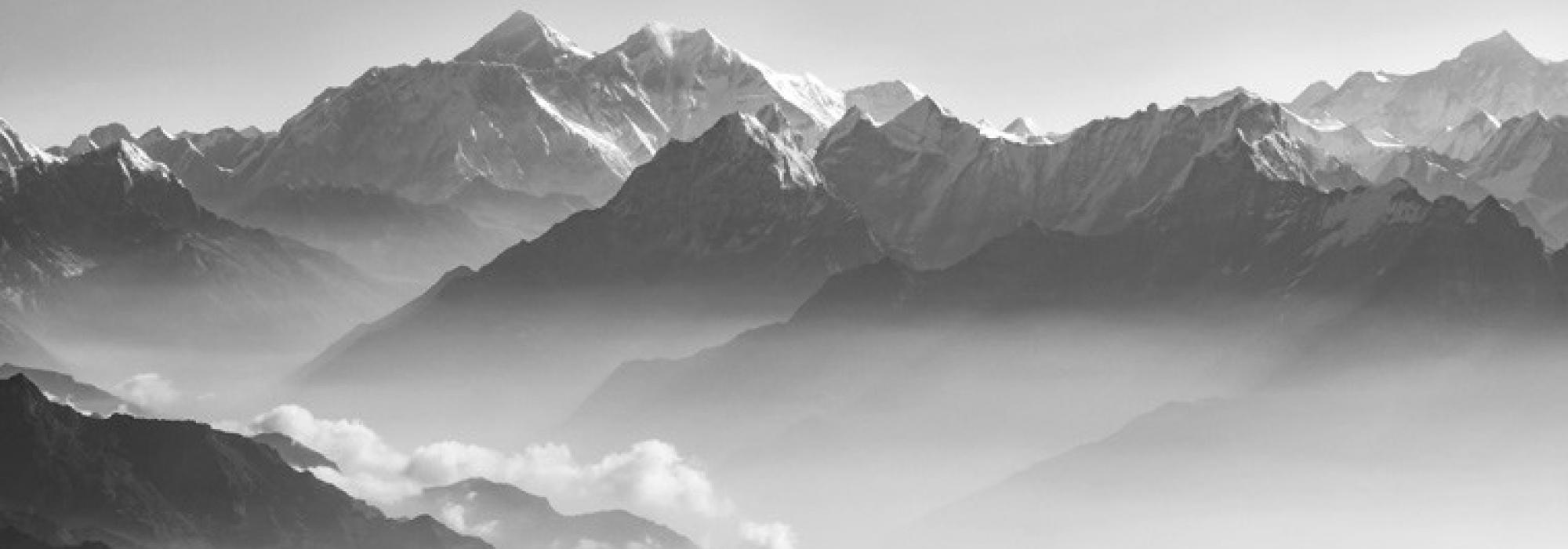Artha-prakṛtis
Artha-prakṛtis capture the gradual development of the plot. The Nāṭyaśāstra identifies five stages of development, namely
- bīja (‘the seed’) – The segment of the play where an incident fundamental to the plot is portrayed
- bindu (‘the vital drop’)– This segment of the play constitutes the gradual development and expansion of the ‘seed’ story
- patākā (‘a sub-story/ episode’) – Episodes that add interesting dimensions to the story come as a part of patākā
- prakarī – A prāsaṅgika-vṛttānta that adds an interesting dimension to the story comes as a part of prakarī
- kārya– The ultimate outcome and conclusion of the plot is called kārya.
Avasthās
As a function of the manner in which the flow of the story affects the nāyaka[1] and the role he plays in accomplishing his endeavour, five avasthās have been defined. They are
- ārambha (‘the beginning’)– The segment of the play which portrays the enthusiasm and commitment of the hero (and the other associated characters) in achieving the main purpose of the story.
- yatna (‘the effort’)– The hero, upon encountering obstacles in achieving his purpose puts efforts to circumvent the problems; this constitutes yatna.
- prāptyāśā (‘the hope of success’) – The hero sees that there are impediments to the completion of his task, but also sees different ways of overcoming the obstacles; he, thus, feels that there is a good possibility of actualising his goal.
- niyatāpti (‘certainty of result’) – Once the hero overcomes the obstacles, he gains confidence that his efforts will bear fruit.
- phalāgama (‘obtaining the fruit’) – the success of the hero’s efforts
Sandhis
The artha-prakṛtis and the avasthās lead to five sandhis that capture the creative stringing of events of the story. The five sandhis are mukha, pratimukha, garbha, avamarṣa, and upasaṃhṛti (nirvahaṇa).[2]
In the mukha-sandhi, the story is in its seed form;[3] the nāyaka begins his task. In the prati-mukha-sandhi, the story progresses a bit and the hero puts effort in attaining the end he has in mind. In the garbha-sandhi, the third of the sandhis, there is an indication of the attainment of fruit. In the fourth, the avamarṣa-sandhi, the story progresses from the garbha-sandhi and the hero faces impediments due to his own anger, vices, and temptation. Following this, there is even more certainty in achieving the task. In the final sandhi, which is called upasaṃhṛti or nirvahaṇa-sandhi, the multi-dimensional action converges towards unified conclusion; the nāyaka achieves the intended task.
Aestheticians define sixty-four aṅgas, i.e., limbs that correspond to each of these sandhis (12+13+12+13+14). However, there is no rule that all sandhyaṅgas need to be included in the staging or composition of the play. If these time-tested aspects are kept in mind, the design of the play will get easier and the author can communicate his heart to the audience in an effective manner. The playwright can successfully narrate the story, elaborate the aspects he wishes to and suggestively bring about the elements he does not wish to explicitly delineate. He can interpolate and extrapolate the required segments. These will certainly bolster rasa and help the audience enjoy a rich aesthetic experience. He can help actors bring in effective abhinaya and can stretch his story to the required extent. In sum, the sandhis and the sandhyaṅgas can help the playwright conceive a heart-touching story and create a plot for the play; this will enable artists to stage the play in the most impactful manner.
Kinds of Characters
Nāyaka – A nāyaka, in general, is usually dhārmic, intelligent, wise, physically attractive, inclined to help, selfless, kind-hearted, gentle, well-educated, and born in a noble and renowned family.
Nāyakas are classified into four categories based on their characteristic features
Dhīrodātta – A dhīrodātta-nāyaka does not get perturbed in the face of pleasures and pains – he is bestowed with immense sattva, which naturally makes him robust, majestic and, tolerant; he is not boastful, and is confident about himself; he is humble and efficient. Duṣyanta and Hariścandra are examples of this kind of dhīrodātta-nāyaka.
Dhīra-lalita – A dhīra-lalita-nāyaka is soft and gentle by nature; he tends to lose himself in worldly pleasures and thereby neglects his responsibilities; he loses himself in the pursuit of music, poetry and fine arts. Udayana-vatsarāja is an excellent example of a hero of this kind.
Dhīroddhata – A hero of this kind is characterised by ego, jealousy, deceit, cheating, and destructive tendencies; they are usually egoistic, arrogant, and boastful. Example – Duryodhana and Rāvaṇa (The prati-nāyaka, i.e., the anti-hero is usually a dhīroddhata)
Dhīra-śānta – A dhīra-śānta-nāyaka has all the features of a dhīrodātta and additionally, he is has a sublime person; he is always peaceful by nature. (A dhīra-śānta-nāyaka is usually a brāhmaṇa or a vaiśya). For example – Mādhava and Cārudatta
Śṛṅgāra-nāyakas (romantic heroes) are of four kinds – dakṣiṇa, dhṛṣṭa, anukūla, and śaṭha. A dakṣiṇa-nāyaka is someone who is married to multiple women and shares the same quality of love and affection with each one of them. A dhṛṣṭa-nāyaka cheats on his wife and even when caught guilty, he does not feel embarrassed – he is unabashed. An anukūla-nāyaka’s love is devoted to one lady only. A śaṭha pretends to love many women equally, but favours one in his heart and causes trouble to another woman.
These heroes can be further classified as uttama, madhyama and adhama. There are, thus, forty-eight kinds of heroes (See sāhitya-darpaṇa, 3.38)
The current series of articles is an enlarged adaption of Prof. A. R. Krishnasastri's Kannada treatise Saṃskṛta-nāṭaka. They are presented along with additional information and footnotes by Arjun Bharadwaj.
[1] Nāyaka, the hero/ protagonist of the play is the character who gets to enjoy the phala (fruit/ final outcome) of the events. The protagonist may be male or female.
[2] The five sandhis respectively capture kriyā (action), pratikriyā (reaction), saṅgharṣa (confrontation), saṅkṣobha (agitation), and samanvaya (success). These have about twelve or thirteen sub-components, which are called sandhyaṅgas.
[3] The mukha-sandhi roughly corresponds to bīja of the artha-prakrti and ārambha of the avasthās.












































